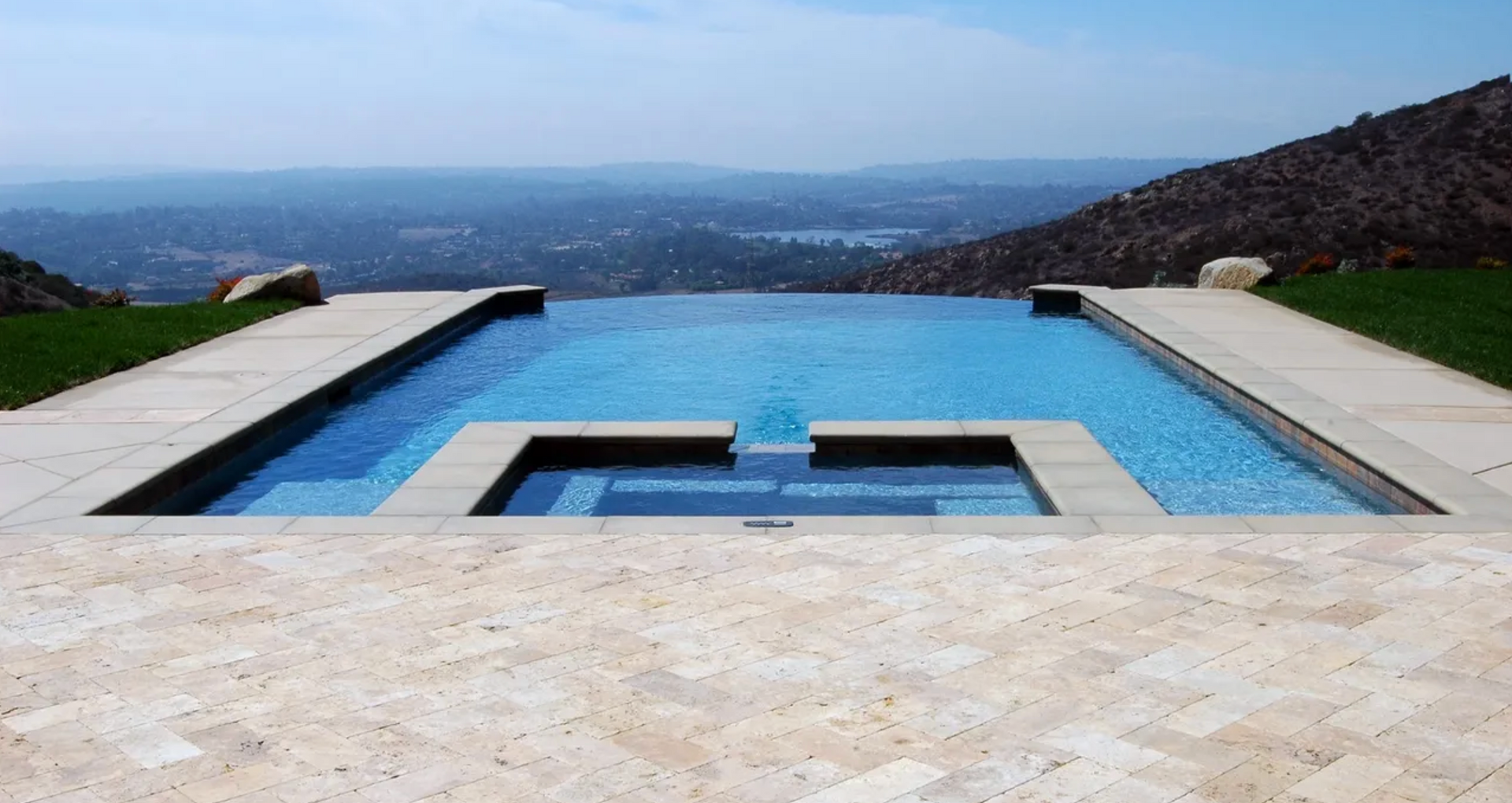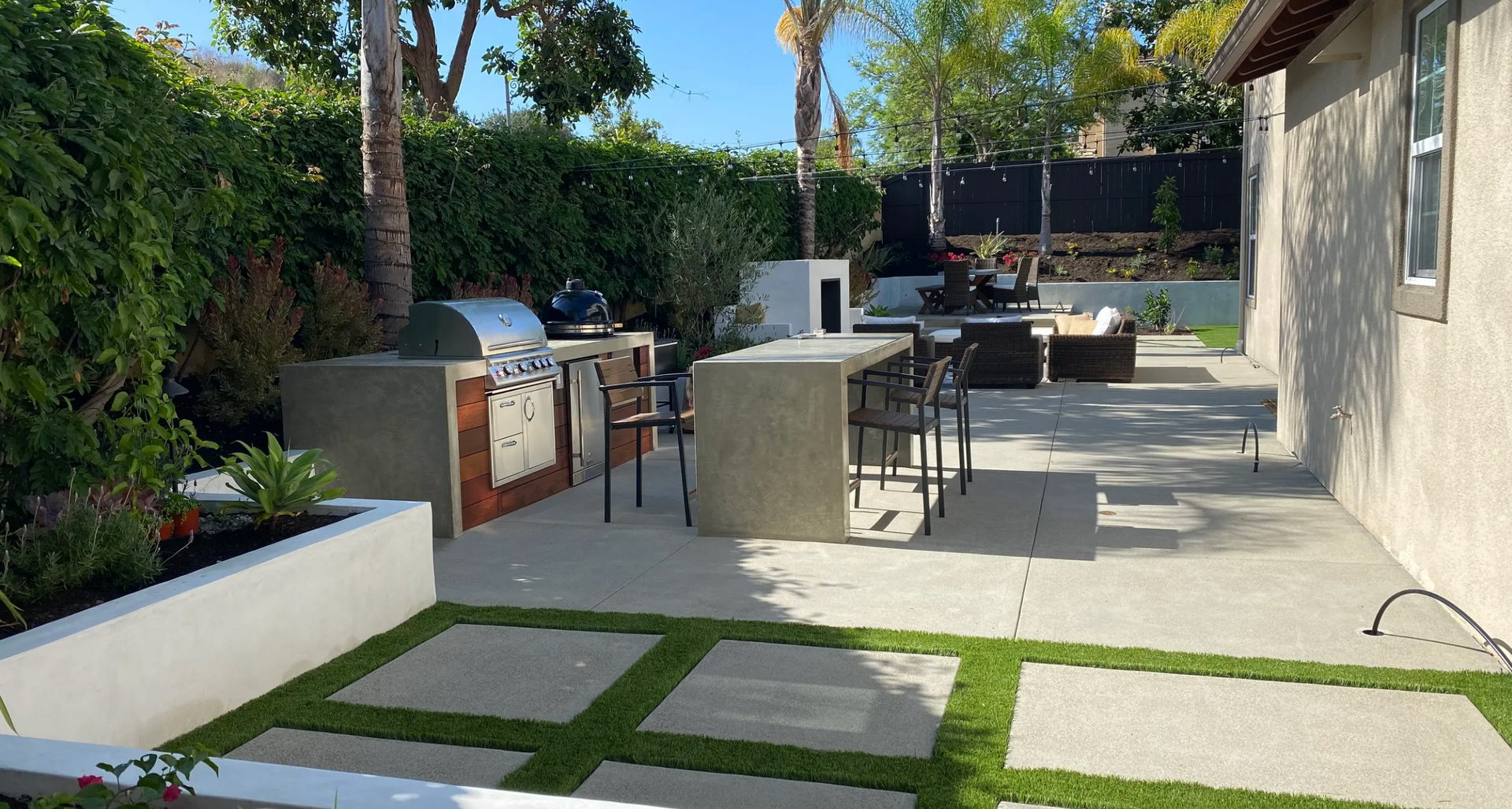Hardscaping vs. Softscaping: Finding the Perfect Balance
Two primary elements define your landscaping space: hardscaping and softscaping. Both are essential in creating a functional and visually appealing outdoor environment but serve different purposes. Understanding these differences is crucial when planning a landscape design that looks good and functions well for your needs.
What is Hardscaping?
Hardscaping refers to the hard, non-living features of a landscape. This includes man-made structures or materials such as patios, decks, walkways, driveways, retaining walls, and other constructed elements. Hardscaping materials can range from concrete and brick to stone and wood. These elements provide structure and organization to the landscape, defining spaces while offering functional areas that extend the property's usability.
Key Characteristics of Hardscaping:
- Durability: Hardscapes are often permanent structures designed to withstand weather conditions and heavy use.
- Functional: They improve accessibility, create usable outdoor living spaces, and can even solve issues like slope erosion or poor drainage.
- Maintenance: Typically, hardscaping requires less frequent maintenance than softscaping but may need periodic repairs or updates.
What is Softscaping?
Softscaping is all about the living, horticultural aspects of a landscape. This includes plants, trees, shrubs, flowers, grass, and soil. Softscaping brings life, color, and texture to your yard. Compared to hardscaping, it can be changed or augmented more easily and frequently, allowing for seasonal and long-term evolution of your outdoor space.
Key Characteristics of Softscaping:
- Variability: Softscaping can change with the seasons, providing a dynamic element to your landscape.
- Maintenance: Requires more regular upkeep than hardscaping, such as watering, pruning, and replacing plants.
- Eco-friendly: Plants in softscaping contribute to the local ecosystem, help with air purification, and provide natural insulation.
Finding the Perfect Balance
Achieving a harmonious balance between hardscaping and softscaping involves considering several factors:
1. Plan for Function and Flow
Begin by understanding how you want to use your space. Hardscaping should serve the functional flow of your landscape, making it easy to move and utilize the space. Pathways should be logical, while patios and decks should complement the living space. Once the functional layout is set, use softscaping to soften lines, enhance privacy, and add aesthetic appeal.
2. Consider Maintenance and Sustainability
Balance the maintenance needs of your softscapes with the durability of your hardscapes. Opt for native plants that require less water and care, and design hardscapes that complement the natural environment to reduce upkeep and enhance sustainability.
3. Integrate Visually Pleasing Elements
Use hardscaping to create strong, enduring lines and shapes in your garden. Then, complement these areas with softscaping that adds color, texture, and softness. The contrast between the structured hardscape and lush softscape can make each element stand out more strikingly.
4. Scale and Proportion
Ensure that neither hardscaping nor softscaping overwhelms the other. Large, expansive hardscape areas should be balanced with substantial green spaces. Conversely, a small patio might only need a few planters to keep the space from feeling too stark.
5. Use Hardscaping as a Foundation
Think of hardscaping as the foundation of your landscape design, setting the stage for softscaping. For instance, a stone path can lead to a burst of colorful perennial beds or a wooden deck can be surrounded by lush shrubbery and flowering pots.
The beauty of a well-designed landscape lies in the balance between the hardness of stone and the softness of foliage, the structure of a patio against the backdrop of waving grasses, or the shadow of architectural plants against bright, sunlit pavers. By thoughtfully integrating hardscaping and softscaping, you create a visually stunning outdoor area and a functional space that enhances the living experience. Whether you’re revamping an existing yard or starting anew, consider how each element will contribute to your landscape's overall harmony and balance.


